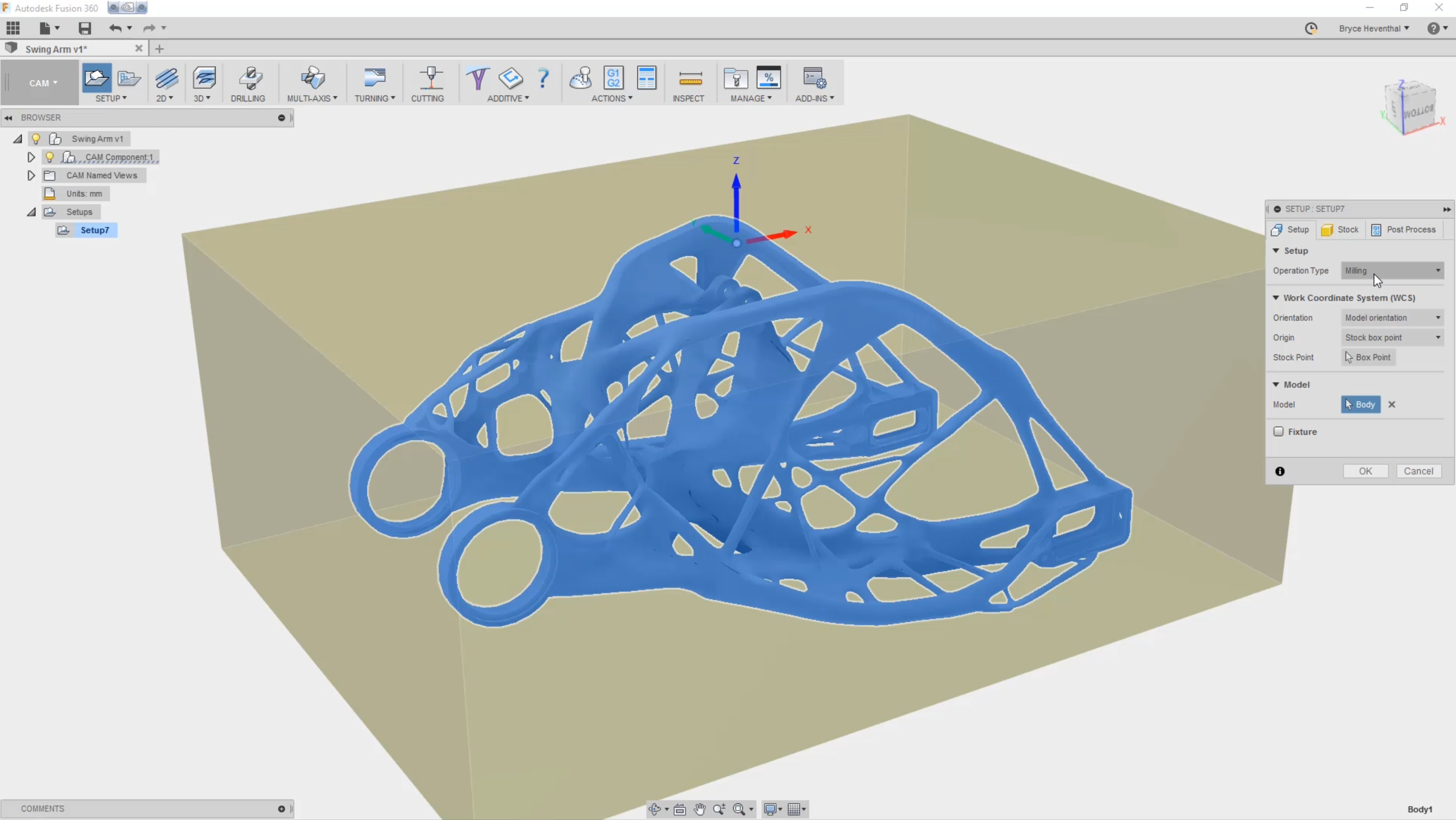

When it comes to data for model generation, we define both project requirements and as well as constraints.

In the first phase, we collect the data needed for model generation and in the second phase, we define the parameters that will be used to evaluate our model. This data is collected in at least 2 main phases. Once we have established the problem definition, it is time to move on to collecting the data that the program needs to create our model. This step is extremely important for the generative design process as the program will not consider goals that we do not describe when generating models. The questionnaire for the design problem must be as exhaustive and the answers as accurate as possible to generate the most relevant design.
#Fusion 360 free generative design software#
There are six common steps to be followed when it comes to creating the perfect design using the various generative design software available in the market today. Each iteration can have hundreds of designs within it. The generative design program will create a large number of iterations for us which we can fine-tune further as per our preferences. They are actually human designs that are refined using artificial intelligence and machine learning.įor example, if we need to create possible designs for a dining table, we need to provide data such as the length, breadth, and the height we expect it to be and the load we need it to support. The inputs form the constraints within which the design should perform. These features automatically create a large number of design possibilities when specific data is provided as input.

It is an iterative method for designing new products using the help of CAD software features. This helps to reduce the weight of the structure by minimising material use while conforming to the engineering inputs. The image above depicts a drone frame created using generative design.


 0 kommentar(er)
0 kommentar(er)
